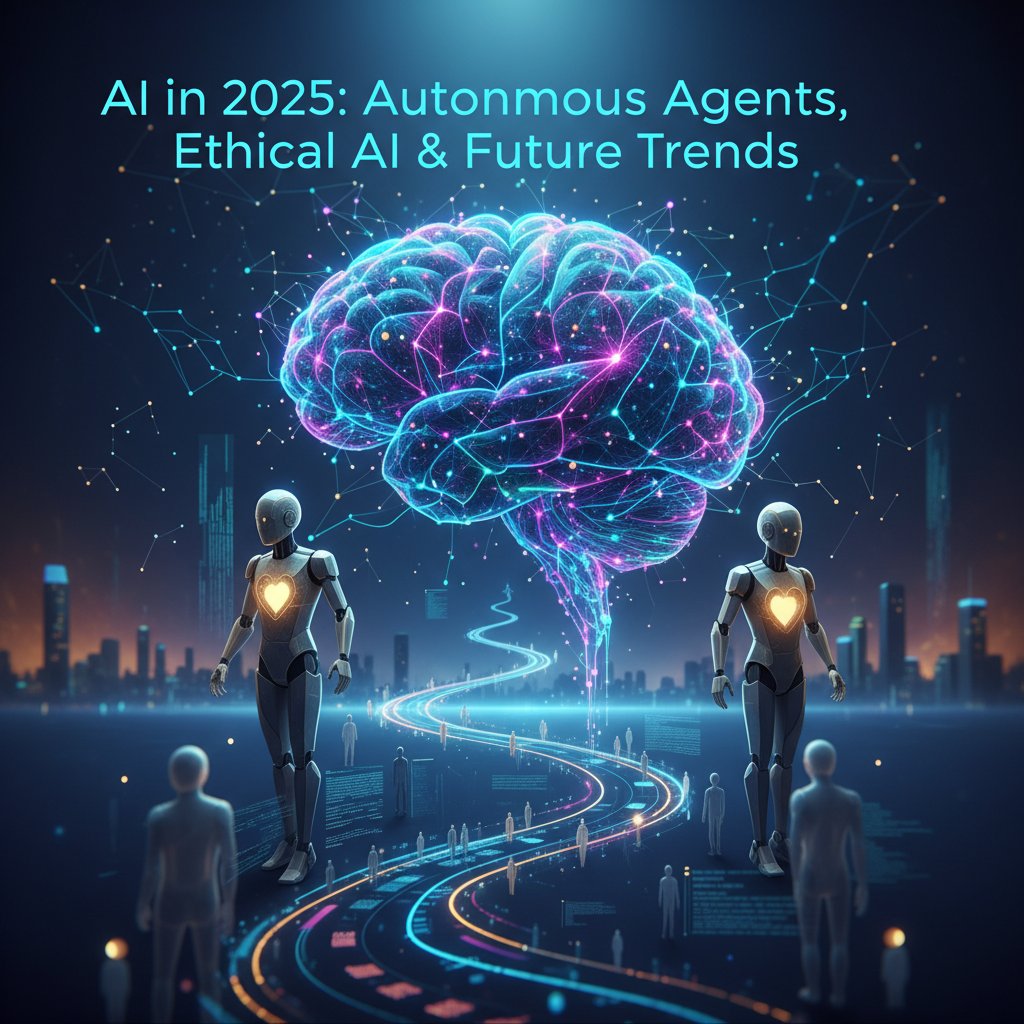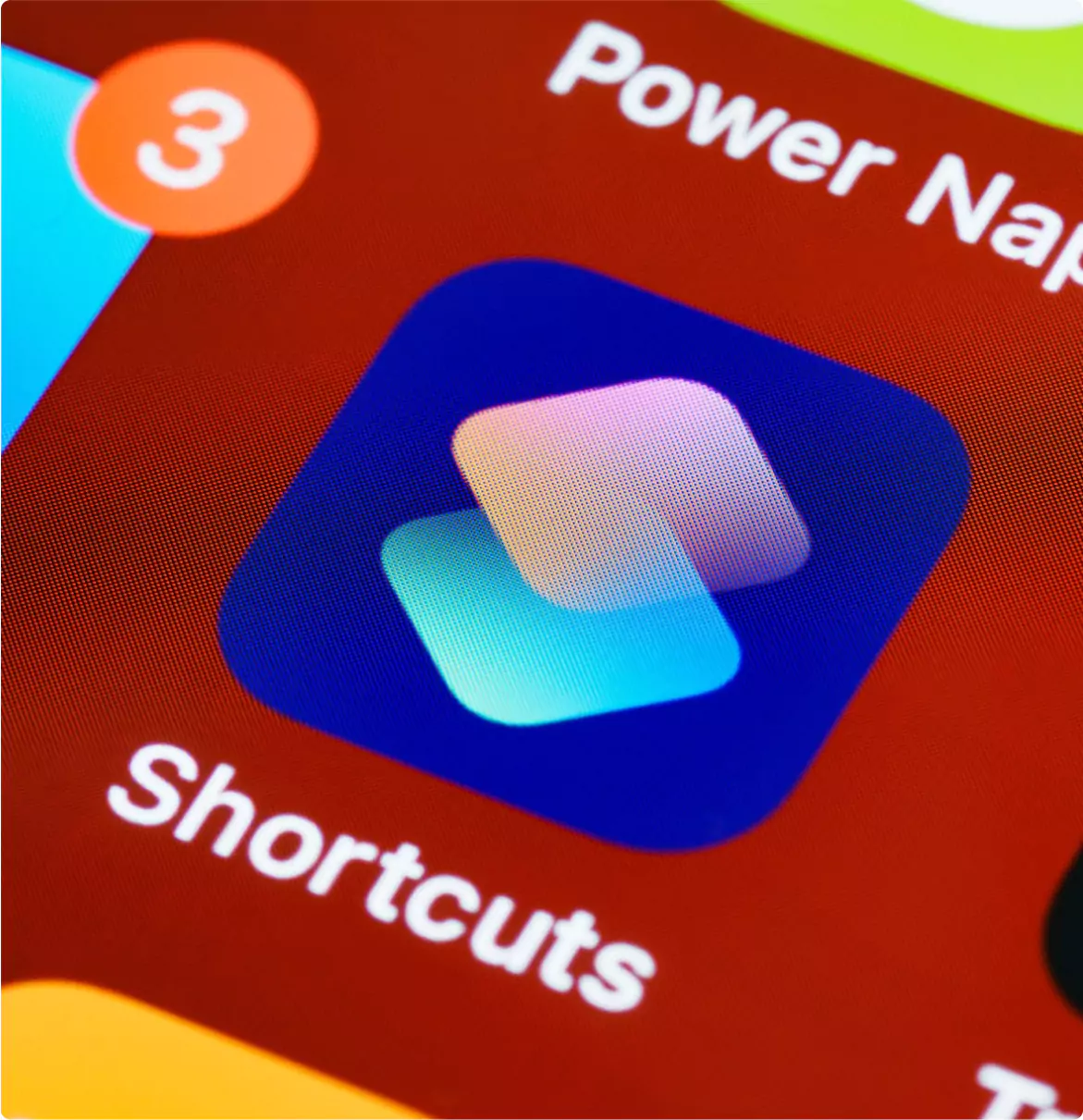In the rapidly evolving field of artificial intelligence, choosing the right language model for research purposes has become crucial for academics, professionals, and businesses alike. Among the leading contenders are Claude, Gemini, and ChatGPT, each designed with unique architectures, training strategies, and targeted applications. As AI models become increasingly sophisticated, understanding their strengths and limitations in a research context is essential to making an informed decision. This article delves into a comparative analysis of these three AI giants, examining their capabilities, data handling, accuracy, and overall suitability for research workflows. By exploring their technical nuances and real-world performance, readers will gain clarity on which model holds the edge for their research needs.
Technological Foundations and Architectures
At the core of any AI model’s performance lies its architecture. ChatGPT, developed by OpenAI, is based on the GPT (Generative Pre-trained Transformer) architecture, renowned for its ability to generate human-like text through massive pre-training on diverse datasets. Its transformer design emphasizes language understanding and contextual coherence, making it versatile for research involving language synthesis and analysis.
Claude, created by Anthropic, emphasizes safety and interpretability, employing an advanced transformer structure with modifications aimed at reducing harmful outputs and enhancing alignment with human values. Its architecture incorporates reinforcement learning from human feedback (RLHF), focusing on producing more reliable and ethically aligned responses, which is advantageous for sensitive research domains.
Gemini, a newer contender from Google DeepMind, integrates cutting-edge advancements in multi-modal and multi-task learning. Its architecture combines transformer principles with innovations in neural networks that facilitate processing multiple data types simultaneously, making it particularly suited for cross-disciplinary research that requires integrating textual, visual, and numerical data. Understanding these foundational differences helps in selecting a model aligned with the specific demands of your research project.
Data Handling and Knowledge Base
Effective research models must access and process vast, high-quality data sources. ChatGPT, trained on extensive internet-based corpora, offers broad general knowledge but can sometimes lack specialization or up-to-date information due to its training cutoff. Its knowledge base is vast but static, which may limit its utility in fields requiring recent data.
Claude relies on curated datasets emphasizing safety and factual accuracy, which can translate into more trustworthy outputs for research that demands high reliability and neutrality. Its training incorporates explicit data filtering processes, reducing biases and misinformation—a vital feature for academic integrity and precise research tasks.
Gemini distinguishes itself by integrating multi-modal data sources, enabling it to handle and synthesize information from images, structured data, and text simultaneously. This capability makes it ideal for research that crosses visual and textual boundaries, such as scientific visualization or data-driven decision-making. The varied data handling enhances its versatility but also raises considerations about computational resources needed for complex data integration.
Accuracy, Bias, and Ethical Considerations
Precision and ethical robustness are key metrics for evaluating research-focused AI. ChatGPT demonstrates impressive natural language understanding but can occasionally produce hallucinated or biased outputs due to the biases present in its training data. OpenAI has actively worked to mitigate these issues, yet some residual bias persists, which researchers must consider when relying on its outputs.
Claude‘s design explicitly prioritizes ethical alignment, safety, and reduction of bias, making it a compelling choice for research areas sensitive to misinformation or ethical concerns. Its reinforcement learning approaches help fine-tune responses to be more aligned with human ethical standards, providing greater confidence in the reliability of the data generated.
Gemini, with its multi-modal and multi-task capabilities, demonstrates promising accuracy across diverse data types. However, the complexity of its architecture raises questions about the transparency and interpretability of its responses—factors vital for scientific research and hypothesis testing. Its design aims to balance versatility with fidelity, but ongoing evaluation is necessary to ensure it minimizes inaccuracies and biases.
Practical Applications and Ecosystem Integration
Beyond technical specifications, the deployment ecosystem and integration capacity significantly influence the utility of each model. ChatGPT benefits from a mature API ecosystem, extensive documentation, and widespread adoption, making it accessible for immediate integration into research workflows and data analysis pipelines. Its widespread use has fostered a robust community for support and innovation.
Claude offers strong integration with safety-enhanced tools and APIs tailored for enterprise and academic environments focused on sensitive data. Its emphasis on ethical AI makes it a preferred choice for research requiring compliance with privacy standards and responsible AI practices.
Gemini is emerging with powerful multi-modal tools, especially suited for interdisciplinary research projects that benefit from simultaneous image, text, and numerical data processing. While promising, its ecosystem is still evolving, and considerations about computational demand and latency are important factors for research planning.
Conclusion
Choosing between Claude, Gemini, and ChatGPT for research depends heavily on the specific requirements of the project. ChatGPT excels in language generation and broad knowledge access, making it a versatile yet sometimes less precise option. Claude prioritizes safety, factual accuracy, and ethical considerations, ideal for sensitive or compliance-focused research contexts. Gemini pushes the boundaries with multi-modal, multi-task abilities, suited for complex, interdisciplinary research needing integrated data insights.
Overall, researchers should evaluate their priorities—be it accuracy, data handling, ethical robustness, or ecosystem support—before selecting the right tool. As AI continues to evolve, keeping an eye on advancements will ensure you leverage the most effective model for your research needs. Ultimately, the best model is the one that aligns most closely with your research goals, data types, and ethical standards, ensuring your work remains innovative, reliable, and impactful.











